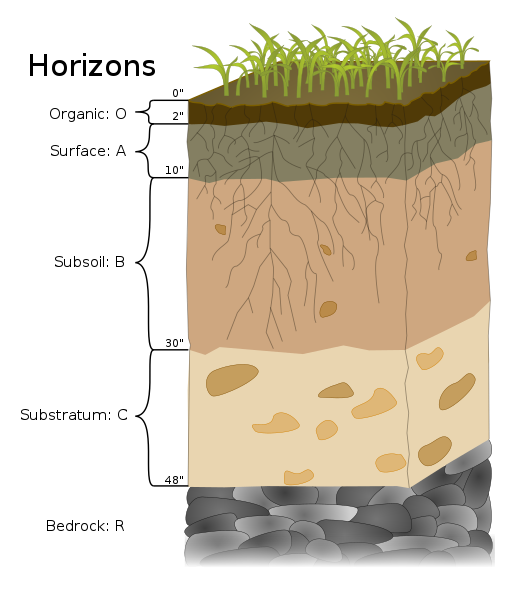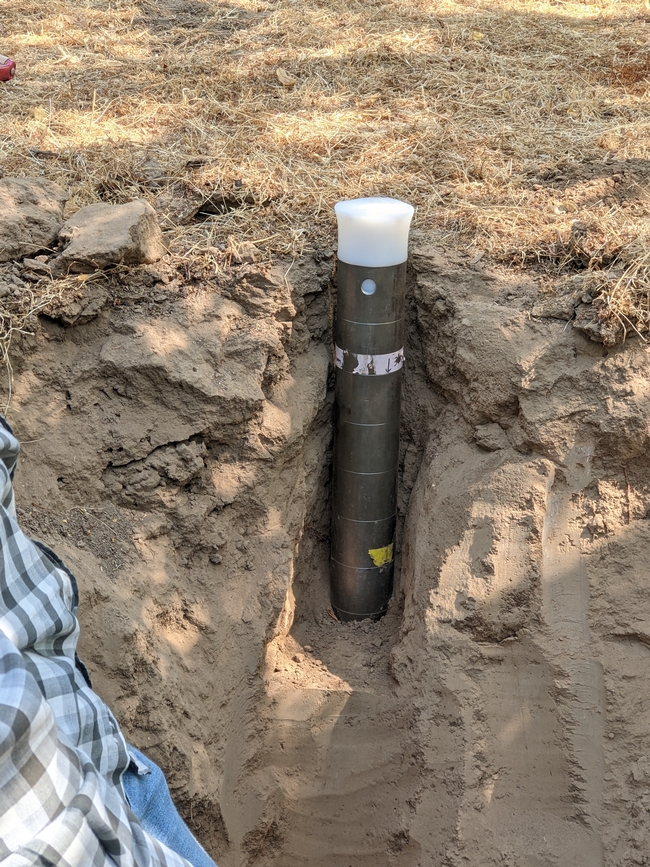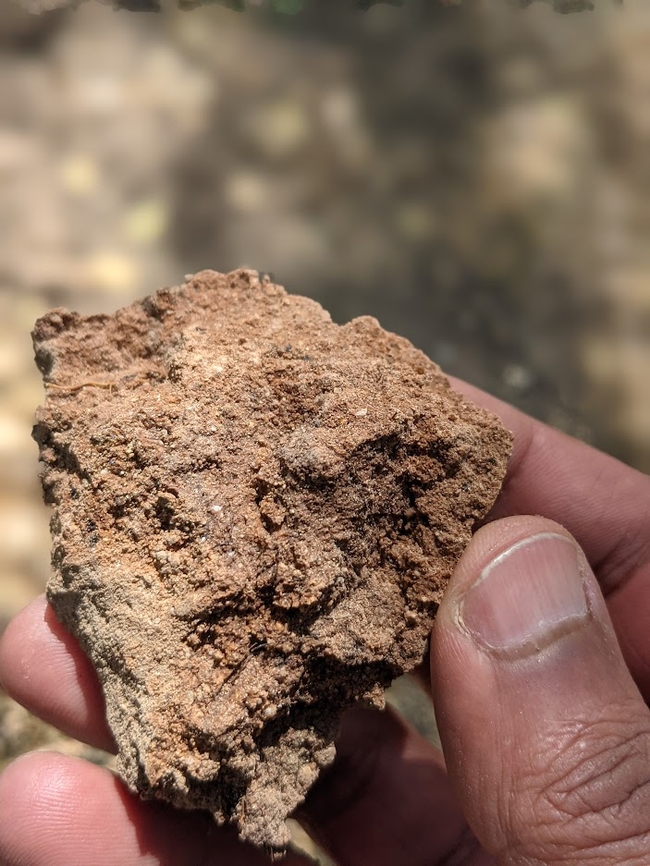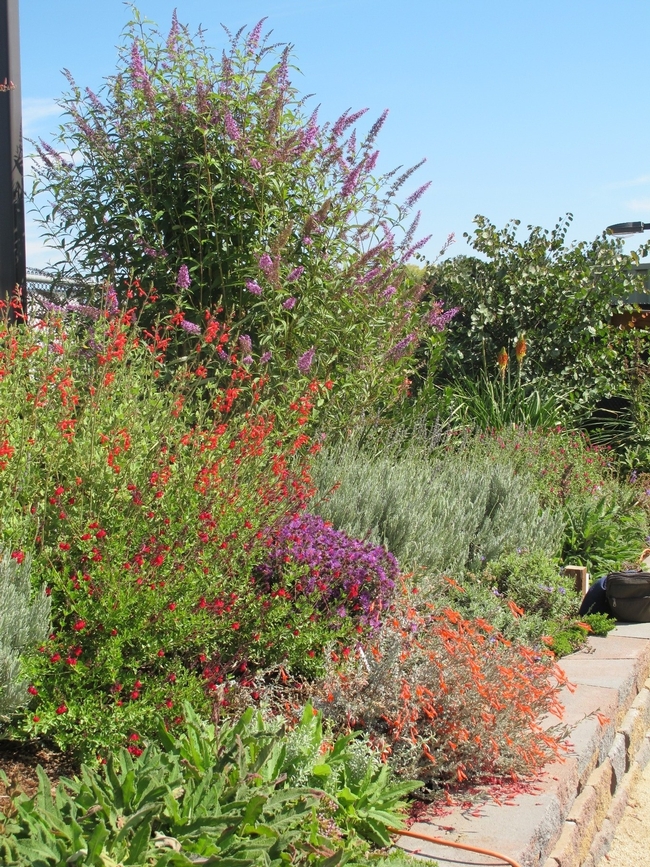This blog article is for readers who may have heard of subsoil, but don't really know what it is, or how it may or may not affect their gardening efforts.
What is subsoil?
There are several layers (also known as “horizons” to soil scientists) that can be found when we dig deeper and deeper down into the soil. We can imagine all the individual layers of a soil stacked one on top of the other like a layer cake, this is called the soil profile. The surface soil is the uppermost layer of the soil profile, and the one we are most familiar with, because this is where most of the action takes place. Soil mixing with tillage, compost and fertilizer application, irrigation, plant root growth, and animal activity (including microbes) are mainly concentrated within the soil's surface layer. Additionally, decomposition of plant and leaf litter occurs most rapidly in the surface soil, this eventually leads to the formation of new soil organic matter. In comparison, the subsurface soil, or subsoil, is composed of one or more soil layers that lie below the influence of surface soil activities. There is not a consistent depth at which every surface soil layer changes into the subsoil layer(s), rather the subsoil occurs at a different depth from place to place depending on numerous factors, including some of the factors mentioned previously. This is the reason why it is difficult to determine where the subsoil layer begins in the soil profile.
What does subsoil contain?
Subsoil is found deeper in the soil profile and does not directly experience a lot of the processes that occur in surface soil. As a result, the subsoil has less soil organic matter, less insect and animal activity, slower air and water movement, and a slower rate of decomposition compared to the surface soil layer. However, the subsoil underlies the surface soil and is indirectly influenced by the activities that occur at or near the soil surface. Therefore, the subsoil layer(s) has the excess fertilizer nutrients, herbicides, pesticides, and other dissolved salts that were lost from the surface soil due to heavy rainfall or irrigation. As surface soil begins to erode and age, the water moving into the subsoil can also have a lot of clay that accumulates in distinct regions of the subsoil.
What does subsoil look like?
In this photo, the subsoil layer is seen below the yellow mark on the measuring device, Anthony Fulford.
What is subsoil used for?
In general, the subsoil is a less suitable medium for plant growth compared to surface soil because of some of the factors mentioned previously. There are properties of subsoil however that make it suitable for other uses such as a source of “fill soil” for “cut-and-fill” construction operations, as a source of clay for building materials, and as an absorption layer for on-site wastewater disposal.
What can home gardeners do to keep their subsoil in great shape year after year?
A piece of soil showing the gradation of subsoil, Anthony Fulford.
What is the substratum layer of soil? Does that layer affect gardening at all, and if so how?
Growing plants with different rooting depths encourages rooting channels into the subsoil, Ellen Zagory.
What is the bedrock layer? Does that layer affect gardening at all, and if so how?
Bedrock is the bottom layer of the soil profile layer cake. The bedrock layer consists of solid rock that has not yet been exposed to the chemical, physical, and biological processes of the surface soil and subsoil. In some places, bedrock is the foundation from which the overlying soil layers developed, while in other places, the bedrock layer may have become “buried” by windblown sand or sediment. Bedrock does not directly influence plant growth, but it can determine the type of clay minerals found in different layers of the soil profile.
Dr. Anthony Fulford is the Area Nutrient Management and Soil Quality Advisor for Stanislaus, Merced, and San Joaquin Counties.






